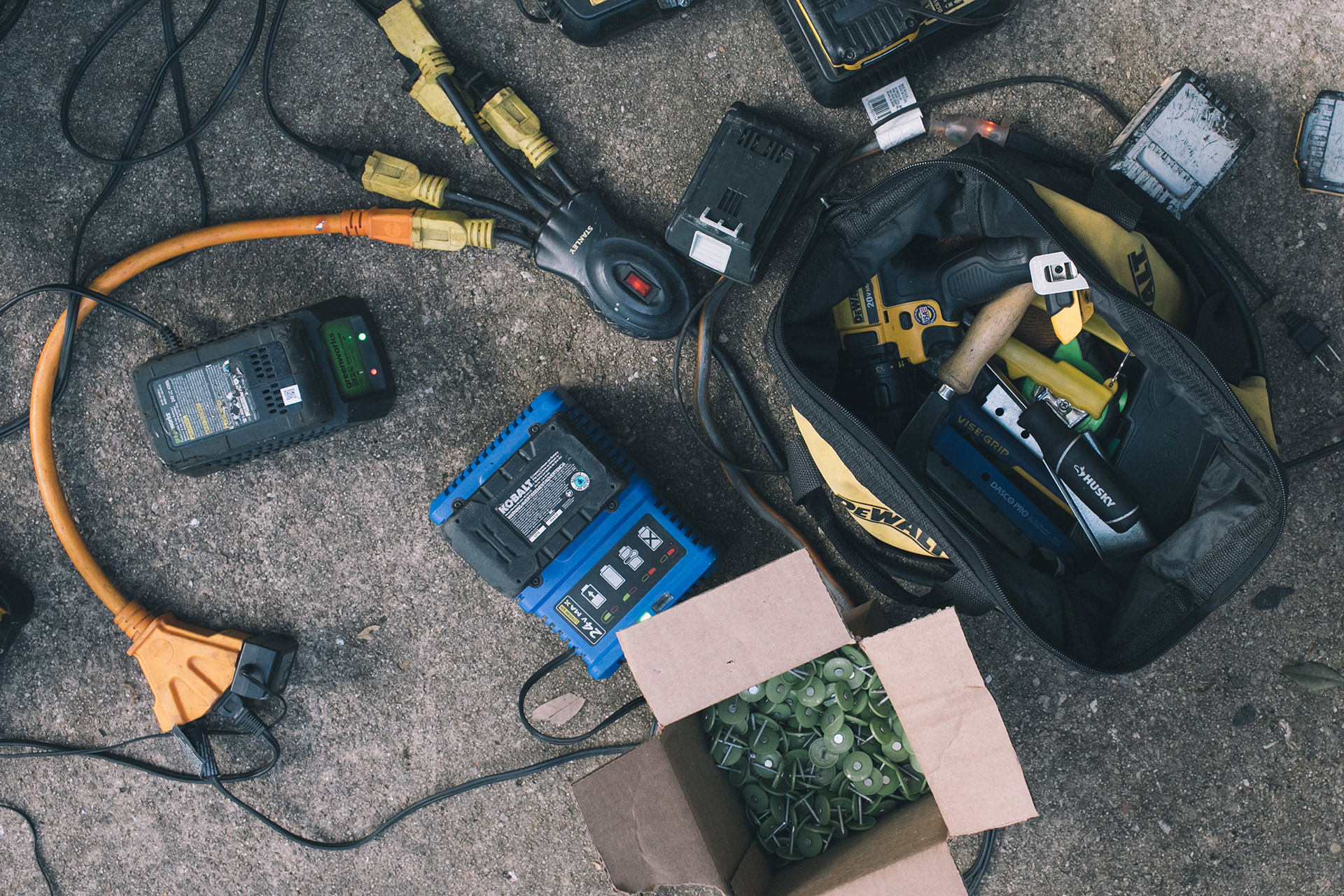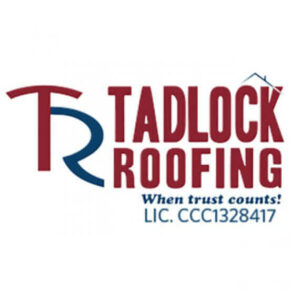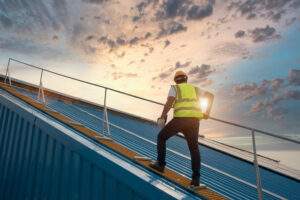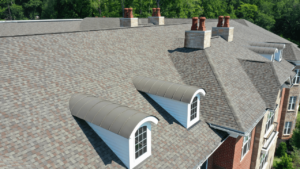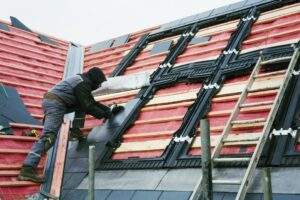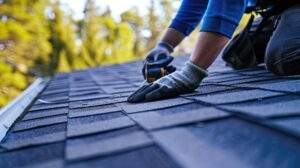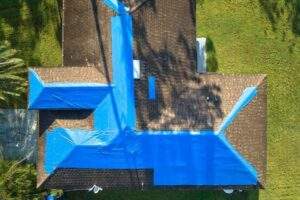Even though roofs are usually pretty durable, there are still plenty of ways they can get damaged. Whether it’s a hail storm or a pest problem, if your roof starts collecting moisture or leaking, it can cause a lot of structural damage to your building.
However, by scheduling a professional commercial roof inspection, you can save yourself from a future of expensive repairs. A team of experts will put your roof under a microscope and tell you if there’s something that needs to be fixed. So, what can you expect from a commercial roof inspection?
Choose an Inspection Plan
It’s always better to be safe than sorry when it comes to commercial roofs, and having a scheduled inspection plan is crucial. If you have a regular inspection plan, the experts can see if you have any leaks before the next storm hits and damages your roof even more.
By doing so, you’ll avoid any potential structural damage and a huge bill you’d have to pay to fix your roof and building. Of course, you can always schedule an inspection plan after a big storm or if you suspect that there’s a leak. However, having an inspection twice a year is usually enough to make sure your roof is in good condition year-round.
Checking the Surface of the Roof
Most often, the inspector first starts by checking the surface of your roof. They will walk across the roof, looking for a leak or any other potential signs of damage. They will also check your gutters and drainage system for signs of deterioration.
Keep in mind that different types of commercial roofs might be susceptible to different types of damage. For example, flat roofs are more likely to have issues with standing water compared to sloped roofs. If there’s a puddle on your flat roof, the water can easily seep through and cause damage to your walls.
On the other hand, even though sloped roofs don’t collect water like this, they have other problems. Namely, the shingles can come off or crack during a heavy weather conditions and expose your roof to harsh weather conditions.
Checking the Interior
A commercial roof inspector will not only check your roof but also the interior of your building. Most often, any kind of damage to your roof will manifest itself on your ceilings or walls.
If the inspector finds any water stains or mold growth, it’s usually a sign that your roof has a leak somewhere in it. What’s more, if it’s left untreated for years, it can cause significant structural damage.
Features of the Roof
In addition to checking the surface of your roof, the inspector will also check some of its features. These features include a skylight, an HVAC system, and vents that tend to let moisture in.
All of these features are usually sealed to prevent water damage. However, they can deteriorate or wear out over time. Not only will the inspector check these features, but they’ll also check the flashing, which is used to prevent water from seeping into your building.
Checking the Drainage System
The last step of the inspection is checking the drainage system. The drainage system plays a crucial role in keeping water and moisture off your roof. However, it can often get clogged with leaves or debris.
If the inspector tells you that you have a clogged drainage system, you should take care of it as soon as possible. By cleaning the drainage system sooner rather than later, you’ll be able to save yourself money on future commercial roof repairs.
The Bottom Line
There you have it — all of the basics you can expect during a commercial roof inspection. If you own a building, a bi-annual roof inspection is not something you should shy away from. An inspection like this will keep your roof in great condition for many years to come.
Once the inspection is over, you’ll get a complete report and advice on what needs to be fixed. Also, if the inspector reported some damage on your roof, advice to take action immediately.
However, don’t just wait for the inspector to tell you there’s something wrong with your roof. By cleaning your gutters and roof on a regular basis, you’ll be able to avoid many of the potential damages to your roof.
So, what are you waiting for? Schedule your commercial roof inspection today and keep your roof and building safe.


